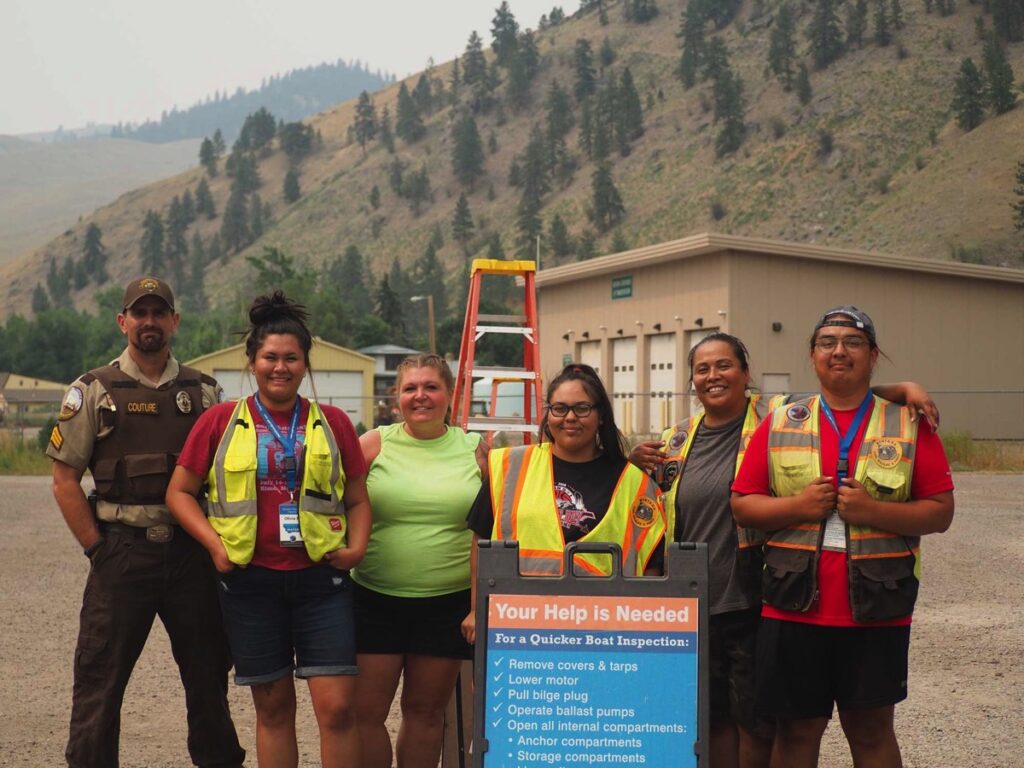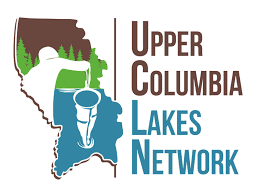The prevention of aquatic invasive species (AIS) introductions and spread provides significant benefits to the environment, state and local economies, and industries dependent on water. The management agencies, partner organizations, and citizens of the entire Columbia River Basin are looking to Montana to help protect them from an introduction of invasive species, such as zebra or quagga mussels, especially given the 2016 detection of larval mussels in two Montana reservoirs east of the Continental Divide and the 2023 quagga mussel detection in the Snake River in Idaho. The longer an introduction can be curbed, the more protected the native species, the less funding spent on response efforts, and the longer we have to augment the science and develop control methods that are more likely to be effective. The WMCC is in a unique position to not only augment existing AIS prevention efforts in the state, but also assist in the protection of all the bountiful downstream benefits such as reliable hydroelectricity, flood control, irrigation, navigation, recreation, and fisheries.

Protecting Montana’s waters from aquatic invasive species depends on the collaboration of management agencies, partner organizations, and Montana citizens and visitors. Together we can prevent the spread of invasive species by always following Clean, Drain, Dry protocols, stopping at watercraft inspection stations, and reporting any invasive animals or plants.

Big Sky Watershed Corps Industry Outreach
In partnership with the Missoula County Department of Ecology & Extension, the industry outreach project was initiated in 2019 by UC3 to engage and connect with aquatic-based businesses throughout western Montana. In the years since 2019, we have had the great opportunity to continue that project with the assistance of a Big Sky Watershed Corps (BSWC) (AmeriCorps) member leading the work. Our BSWC member meets with over 120 businesses in the Upper Columbia River Basin each season, including marinas, boat shops, angling shops, guiding outfitters, and commercial outdoor retailers, creating and strengthening partnerships while spreading knowledge of aquatic invasive species.
View the 2022 UC3 Industry Outreach Final Review
View the 2021 UC3 Industry Outreach Final Review and the Story Map

Upper Columbia Lakes Network
In partnership with the Whitefish Lake Institute, WMCC oversees the Upper Columbia Lakes Network (UCLN) monitoring contract to expand the existing AIS citizen science monitoring network. The UCLN provides an opportunity to engage lake groups and residents in long-term water quality stewardship. The program aims to incorporate new partner groups, add to the volunteer base, and allow more high-priority lakes that are not currently sampled to be monitored. The UCLN identifies interested groups within the region, provides equipment, and offers training for AIS monitoring and decontamination protocols.
AIS Outreach Videos
In partnership with Montana Fish, Wildlife, and Parks (FWP), WMCC developed and produced AIS outreach videos that include information for citizen science monitoring efforts, an introduction to AIS for seasonal staff at aquatic-based businesses, and AIS prevention tips for wading anglers.
You can view all three videos here, by clicking the arrows in the bottom left corner, or head to Montana FWP’s youtube channel.
To learn more about AIS prevention and monitoring in Montana, access outreach resources, and review steps for how you can protect Montana’s waters, visit Montana Fish, Wildlife & Parks.
To apply for state-funded AIS grants for projects that address AIS prevention, early detection, education and outreach, research and/or treatment, visit Aquatic Invasive Species Grant Program.
To learn about invasive species cooperative projects, education and outreach campaigns, and other activities to identify, prevent, and mitigate invasive species in Montana, visit the Montana Invasive Species Council.
To inquire about professional services that support invasive species prevention efforts, and learn more about education and outreach programs that encourage voluntary behavior change, visit the Invasive Species Action Network (ISAN).